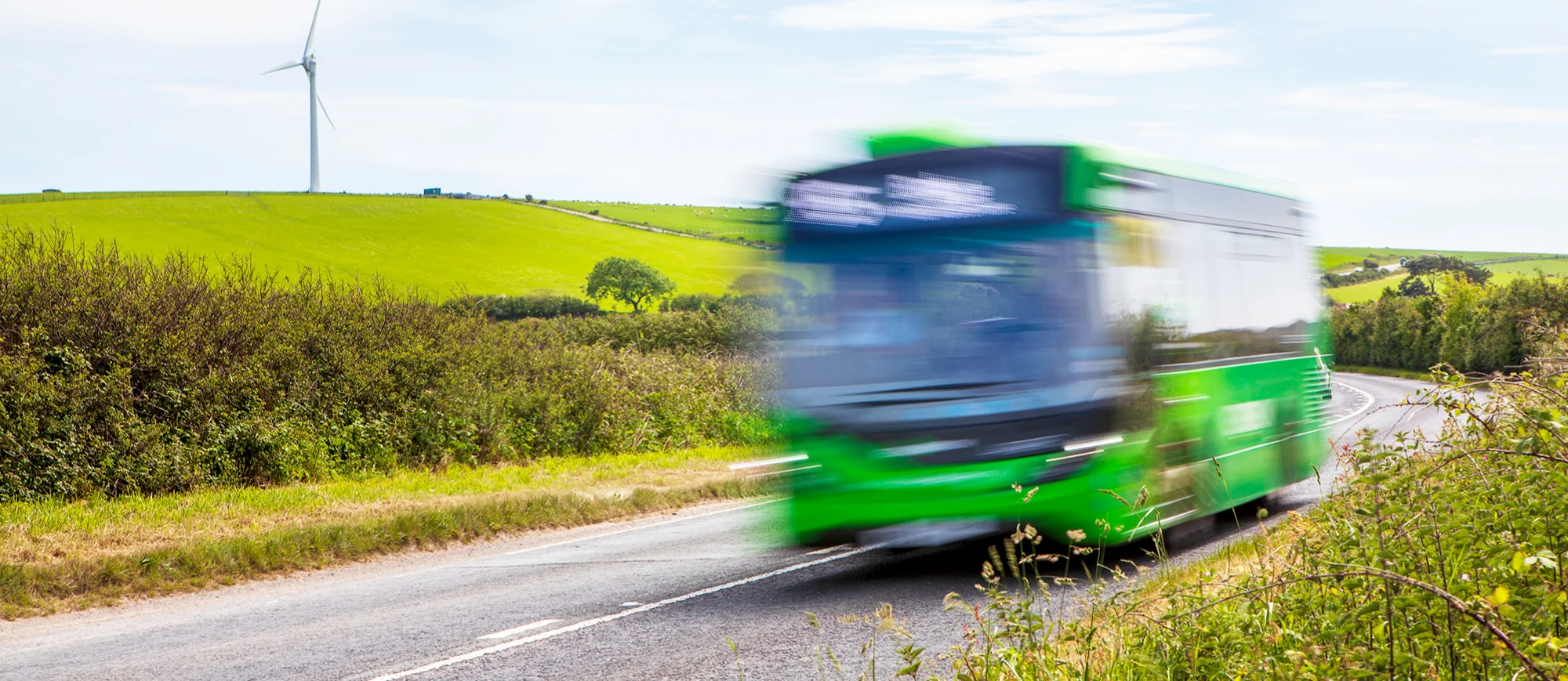Rail Replacement Services
Sometimes, when your train service can’t run as previously scheduled, a train company will provide alternative transport
About rail replacement services
If there are planned engineering works or an unplanned disruption, we might need to run rail replacement services instead of your train. The methods of transport used for rail replacement services are different from trains, so there are some things that you need to know.
There may be facilities on a train that it is not always possible or practical to have on a replacement service, for example onboard catering. Other questions, such as whether there will be a toilet on board, whether you can bring a bicycle, and access for disabled or elderly passengers, depend on the type of vehicle provided.
For more information, please see What types of vehicles are used for rail replacement services? or Rail replacement information by train company, further down the page.
Here are some general rules that apply to rail replacement services:
You need a valid train ticket before you can get on a rail replacement service
You cannot take non-folding bicycles on replacement buses or coaches. There may be limited space available for folded bicycles, at the driver’s discretion
Assistance dogs will always be allowed
You are not allowed to drink alcohol on rail replacement buses or coaches
If you have a disability, you will be asked about the best journey options to enable you to travel. We may offer you a range of choices including taxi, minibus, bus, coach, or a diverted journey. We may be limited by suppliers available at the time of the journey
All services will display the destination, train company name and RAIL REPLACEMENT wording
Railway staff will be available to assist customers at stations that are usually staffed. Where rail replacement services call at bus stops and meeting points close to, but not at, the station (for example, if the road approaching a station cannot fit a double-decker bus), there will be no railway staff to assist. This is also the case for quieter, non-staffed stations
A different timetable operates when rail replacement services are in use, and journeys may take longer than usual. However, if the replacement services are significantly delayed against that temporary change to the normal timetable, you can claim for delay compensation in the usual way. See our page about claiming compensation for more information.
How will I know if my journey includes a rail replacement service?
If you check your journey on the Journey Planner, you will be shown where a rail replacement service is in operation for all or part of the journey.
Finding the rail replacement service at the station
You can find the pick up and drop off location of a rail replacement service by checking signs or the onward travel information map poster at stations. You can also search for your start or destination station on our Find a Station page. Details of Rail Replacement Services are found in the Transport Links section of each station page.
What types of vehicles are used for rail replacement services?
We use buses for shorter journeys or those with frequent stops. For longer journeys, where greater comfort and luggage space may be required, we might use coaches. For customers with accessibility requirements, for example those who need wheelchair access or space for an assistance dog, we would use the vehicle best suited to their needs, such as a taxi or minibus. See below for information on each type of vehicle.
Bus
Usually has a rear-facing wheelchair space without restraints
Small, dedicated luggage space within the vehicle
Coach
Can have a forward-facing wheelchair space with restraints
Luggage space is underneath the seating or at the rear of the vehicle
Might have a toilet on board
Wheelchair accessible taxi
Also known as a Wheelchair Accessible Vehicle or WAV.
Vehicle and driver will be licensed by a local authority
Will have a forward- or rear-facing wheelchair space with restraints
Will have seats that move to accommodate assistance dogs
Can have luggage space
Saloon car taxi
A wheelchair user must transfer from their wheelchair into the car seat to use
Will have luggage space in the boot of the car
Will have seats that can move so that assistance dogs can sit in the footwell
Wheelchair accessible minibus
Can carry multiple passengers, including wheelchair users
Will have a ramp or lift to enable passengers to board
Space for assistance animals can be created if required
No separate luggage space, but seats can be adjusted to create space if required
Rail replacement information by train company
If you would like to know if you will be able to bring your pet, a pushchair or a bicycle on board; whether there are refreshments or a toilet available; or about wheelchair access and more, click on the link for your train company below.
Advertisement

